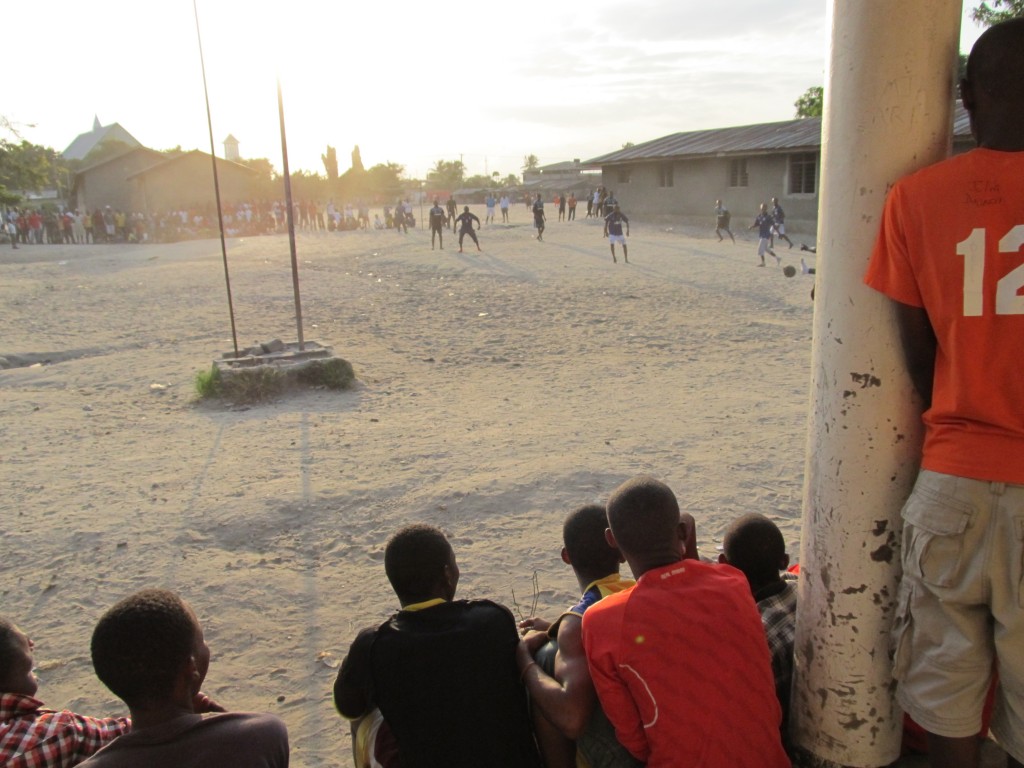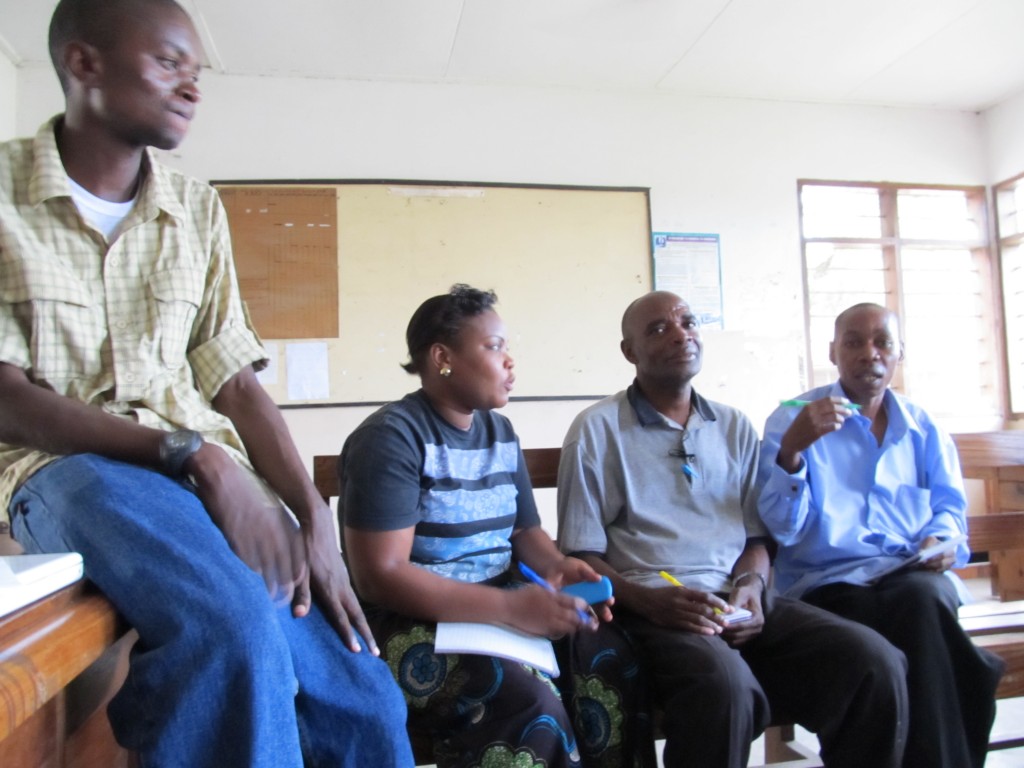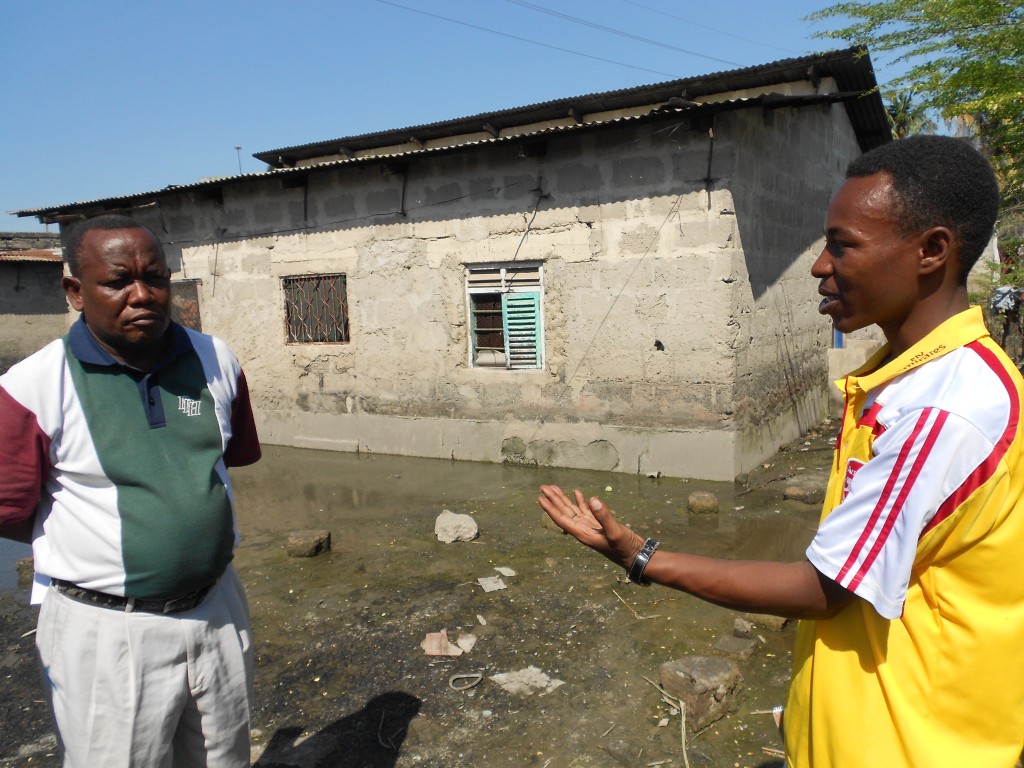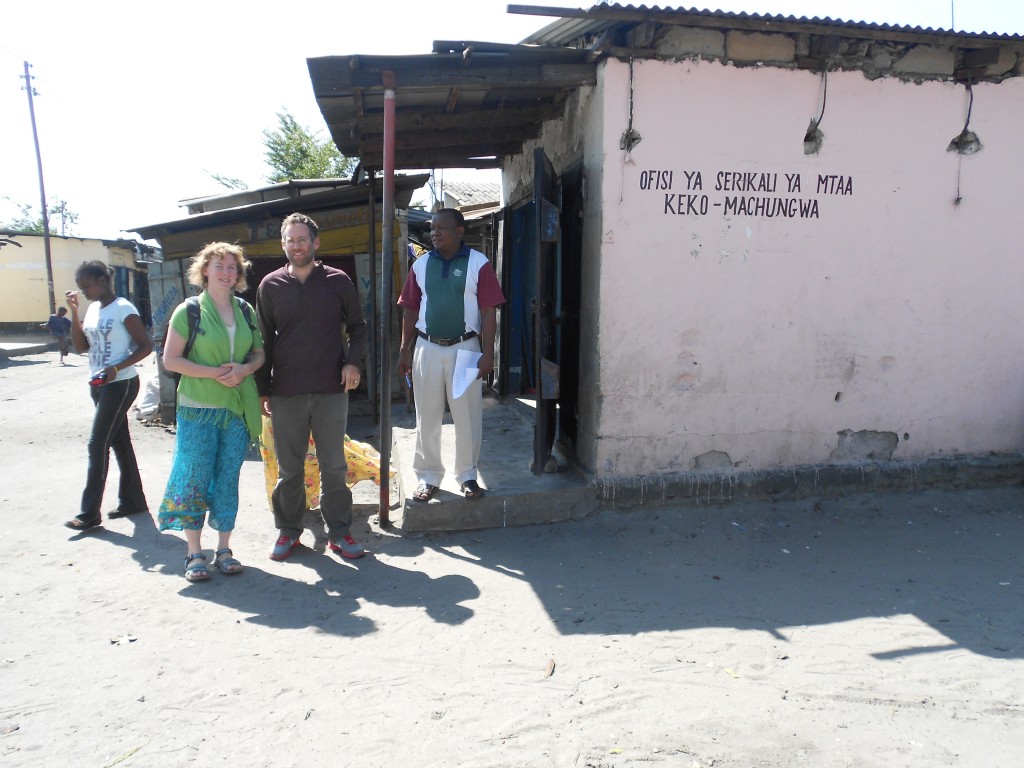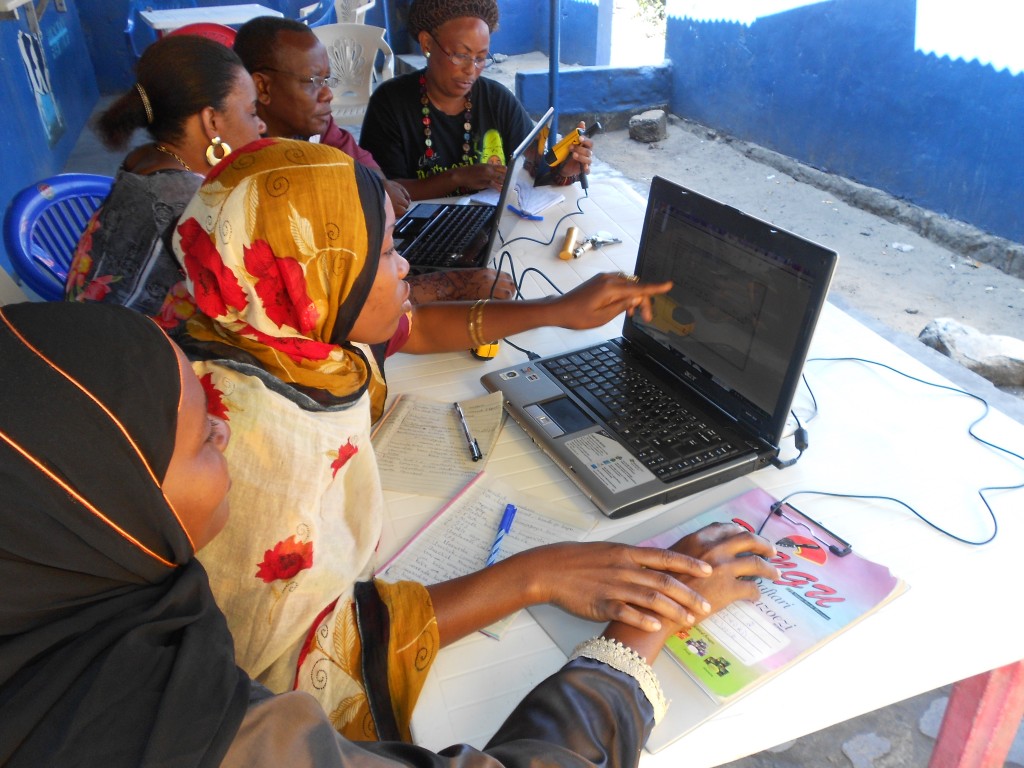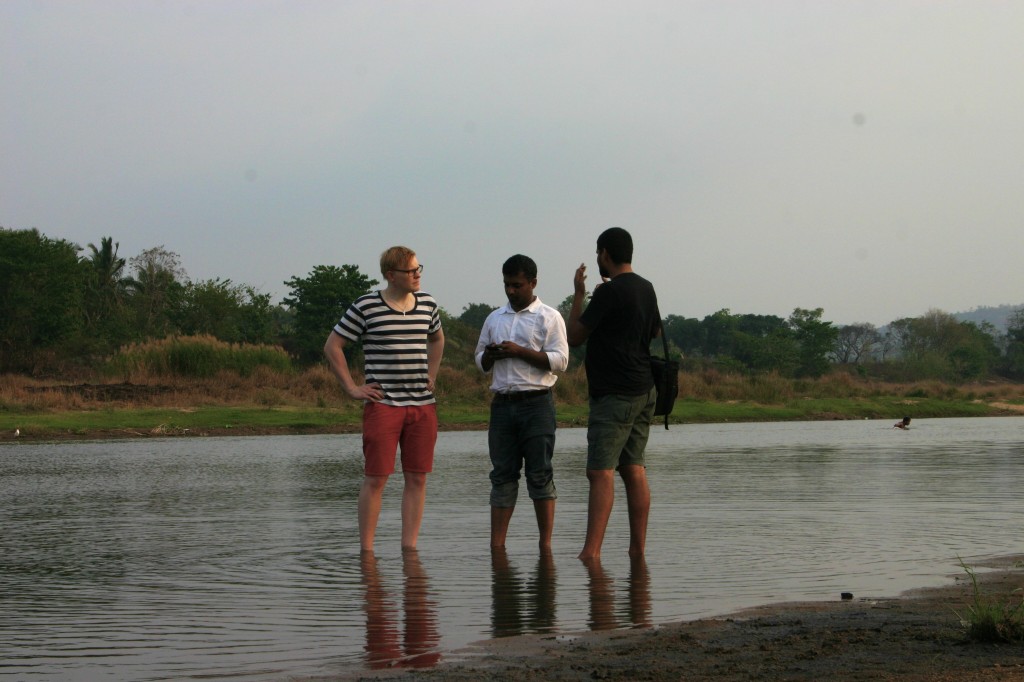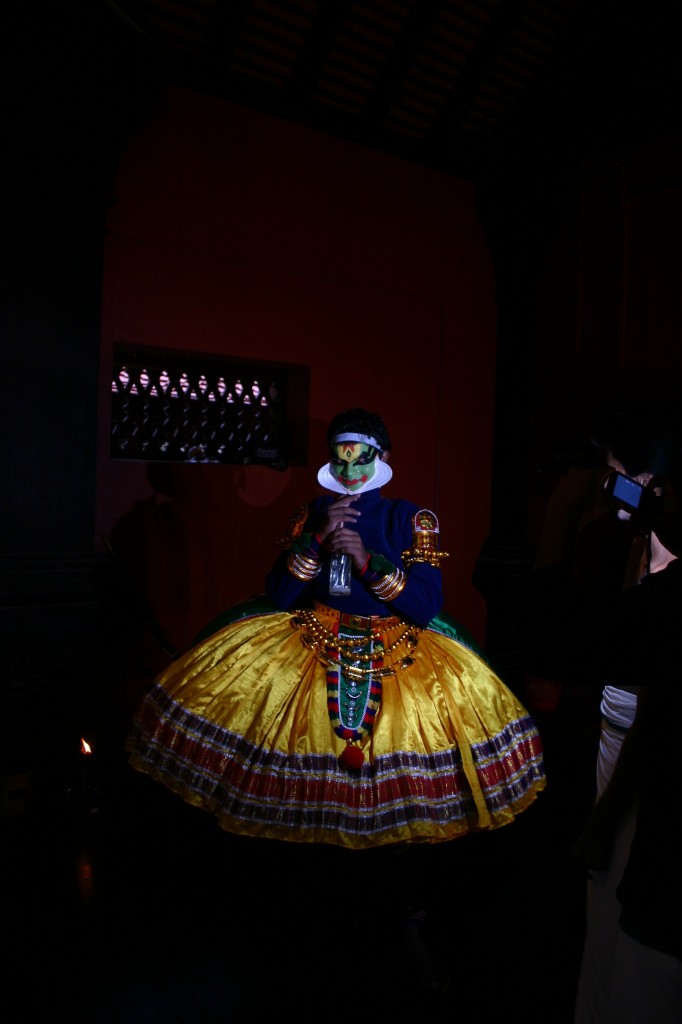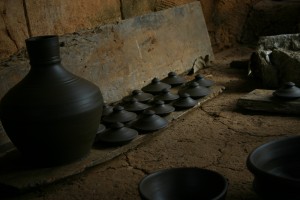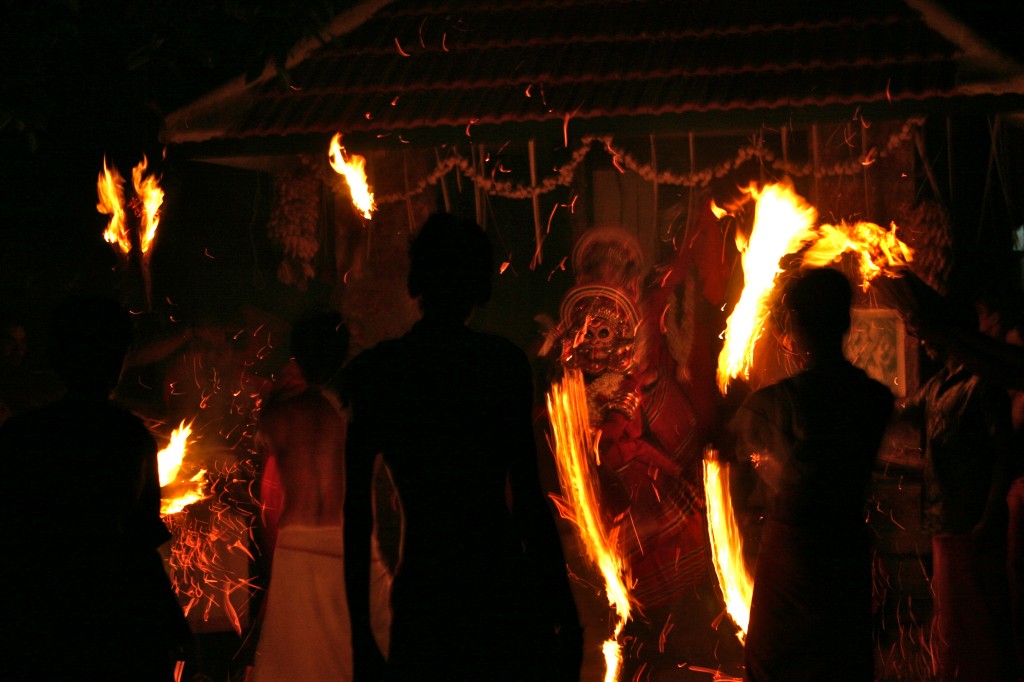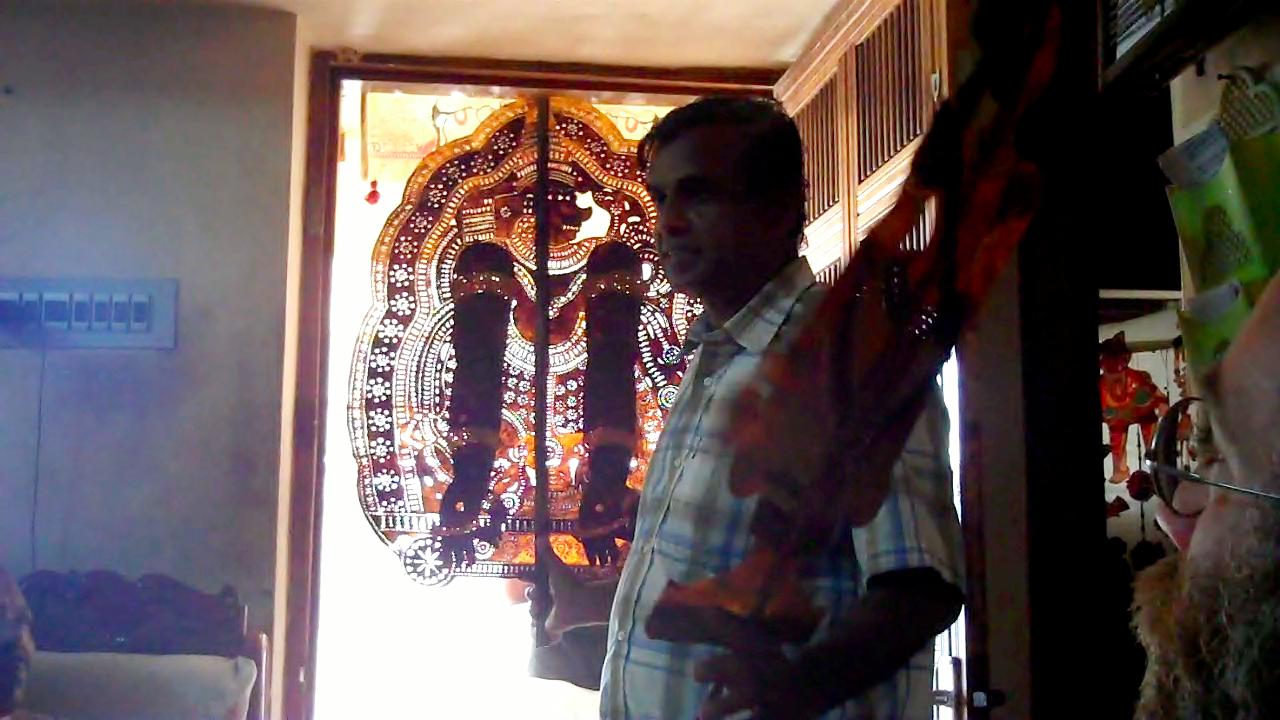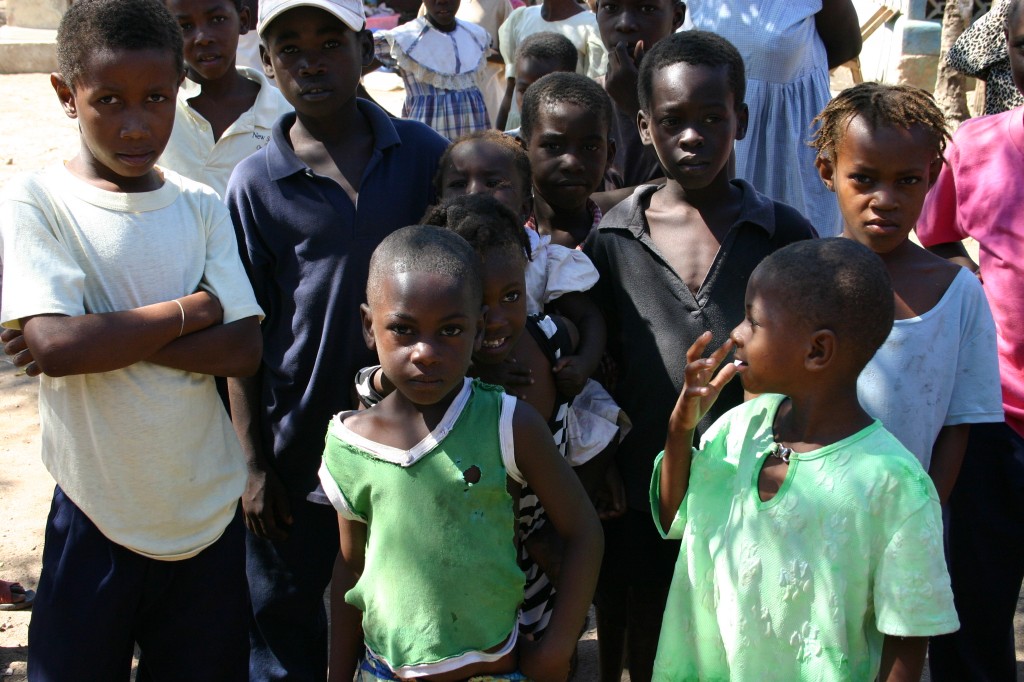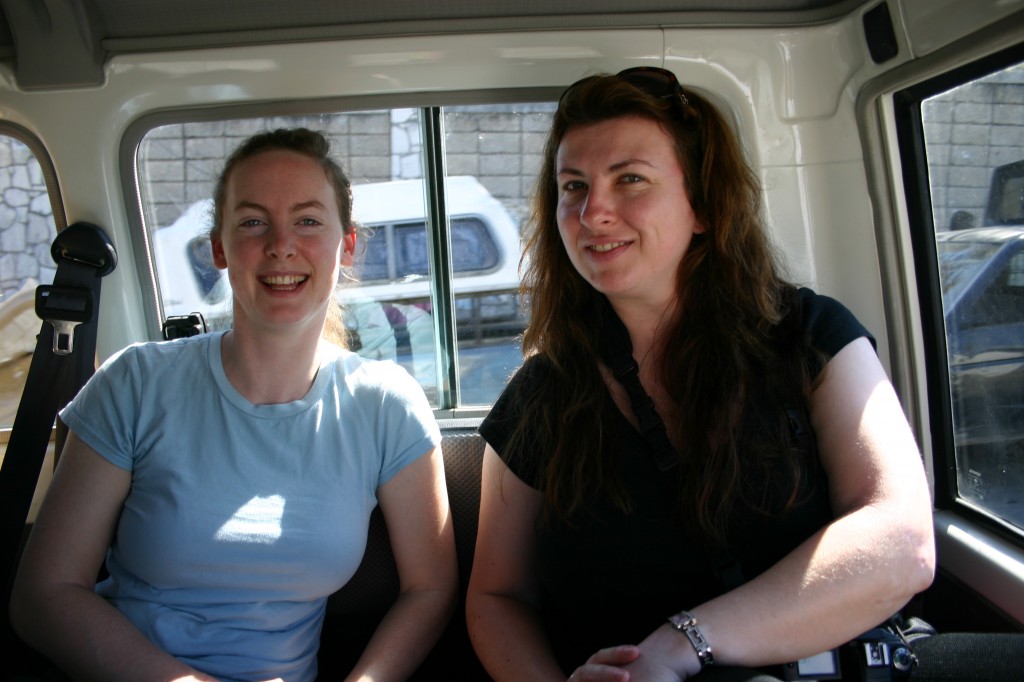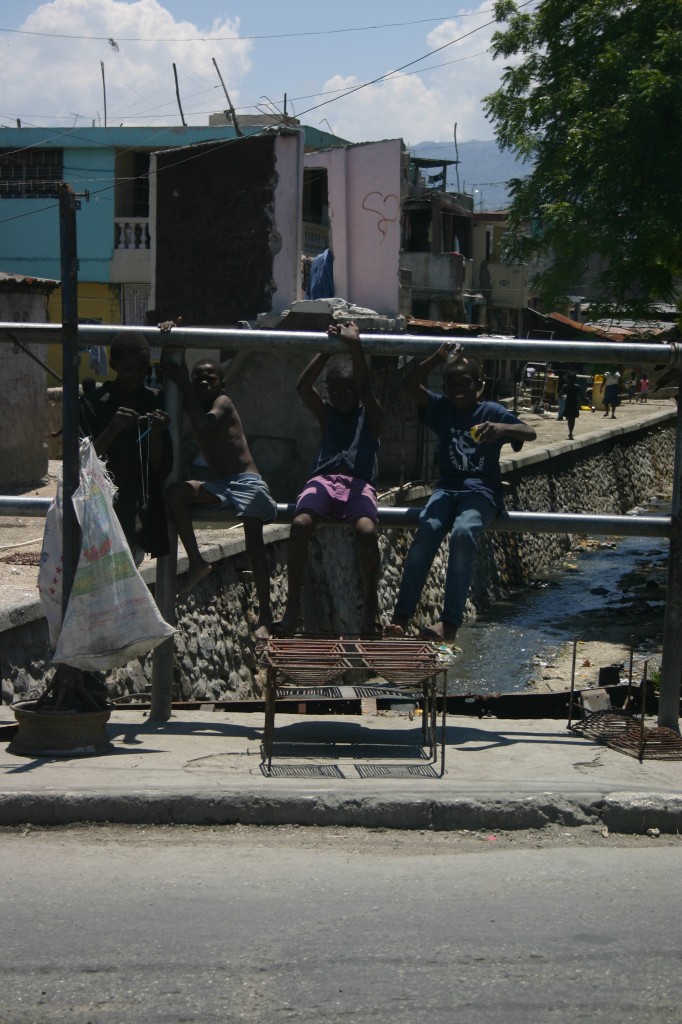This post also appears on the GroundTruth Initiative blog.
GroundTruth recently returned from a trip that included a lovely stop in Dar es Salaam, Tanzania.
Last year, the World Bank and Twaweza sponsored a brief mapping pilot there which was completed by GroundTruth in partnership with Map Kibera Trust. On the community side, the pilot involved a partnership with a local associate of Slumdwellers International known as the Center for Community Initiatives. The Tandale mapping exercise, while successful in many ways, unfortunately did not continue beyond the pilot month as hoped. This was partly due to the unfortunate destruction of all of the mapping and computer equipment in the massive floods of December 2011.
We were therefore excited to be able to return this June, again in partnership with the World Bank, and take a look at the successes and failures of the pilot and possibilities for growth in Dar.
While the mapping process initiated last year was very much based on the Map Kibera work in Kenya – for example, training community members to do their own mapping and involving the community in forums to share ideas and results, there was also a new element: involving University students. We made a point of engaging the Ardhi University students of Urban Planning in such a way that they were learning alongside an equal number of residents of Tandale, exchanging knowledge and learning about the issues in Tandale. It was a great practical experience for students. Meanwhile, Tandale residents appeared to appreciate the attention from students and their help in getting the important local issues mapped and recognized.
During our recent trip, it was clear that for some students, the relationship with the Tandale community leaders (and the multiple challenges they face in areas like sanitation, wastewater management, infrastructure, and more) had made a strong impression. A few students had continued to talk to some of the residents and try to find ways to support their continued work, without institutional support but purely under their own initiative. This was encouraging, and a great signal of success or potential success. One student, Msilikale Msilanga, had even returned to Tandale several times and made reports via both email and on the Tandale Blog about various emerging concerns.
Part of our enthusiasm to return to Dar was therefore to help Msilikale and other motivated students to continue to support the most motivated community members and build off the ground work laid last year. GroundTruth brought some new equipment (partly donated generously by Development Seed) to support this goal.
One of the first things I did was to visit Tandale and ask the participants there about their experience last year. Not surprisingly, the main thing they wanted to talk about was the failure to establish a means of accessing any equipment after the pilot. In a place like Tandale, cybercafes are rare or distant. Certainly, accessing something like a GPS or a software like JOSM would not have been possible independently.
I explained (along with Mark Illife, the primary GT trainer last year) that unfortunately Mark had taken very ill and had to leave quickly at the end of the pilot; meanwhile, no suitable location to store equipment had been agreed upon. It might seem like a simple thing: find someone/someplace who can properly care for, house, and monitor access to a few pieces of equipment: laptop, modem, GPS, camera. The truth is, however, it’s not simple at all. In fact, we have spent a great deal of time and effort during and since our trip to resolve this same issue with the new equipment that we brought. We will wait and see if the plan succeeds. The problem is that in Tandale (like other informal settlements in Dar) there are few offices or community-based organizations which might suitably house equipment. The Ward Office was a great host, but it closes around 5 pm and on weekends, when most participants are free. Situating equipment means establishing a close partnership and contractual agreements, which also takes time (and is what we’ve done this time through).
It’s very important to realize that in a community like Tandale, or perhaps any time you are working alongside community members – that is, in a geographically defined area where people are associated together in various ways, and know each other, and face the same problems day to day – it’s not sufficient to simply bring in a “pilot” and then showcase the results without continuity. This is a main premise of Map Kibera as well. One is entering into the lives of people and introducing something in hopes of having lasting impact. I was glad to see that residents were still enthusiastic that the pilot could still lead to something nearly one year later, and that GT was able to find a way to continue.
I then supported Msilikale and two other former Ardhi students in running two new training sessions on reporting using the Tandale blog and Ushahidi instance, Ramani Tandale. These sessions were very exciting. Participants had a LOT to say about their community. We not only introduced technology, but spent a good deal of time coming up with story ideas, thinking about what and how to tell the stories, and writing them out in small groups.
Combining some of the community “elders” – members of the Slumdweller Federation group or other local leaders – with more computer-savvy local youth was very fruitful. The elders had many story ideas, as though they had just been waiting for someone to ask. They finally had a public way to air their grievances and talk about their hard work through the Federation chapter. Meanwhile, the youth could quickly type and pick up the posting skills.
Tandale, it should be mentioned, is really not much like Kibera. The population is smaller and the area is less dense; community leaders work closely together with the Ward Officer and other local political figures; the social problems one finds are less contentious, less likely to involve violence or conflict. The feel is more rural or village. This is my impression, and it tends to extend over the whole of Dar. Dar is no Nairobi, and any program should be adapted to this variation in how things get done. Above all: people rely on, and trust government far more, relatively speaking.
Another exciting development since our work last year was that CCI had already hired one of the Ardhi students to help them produce a similar map in another settlement where they were working, Keko Machungwa. CCI, like others affiliated with Slumdwellers Federation, assists slum residents to collect and use local information to determine their own development needs and find ways to serve them, or to band together and advocate for change. CCI was also excited about the possibilities of local reporting and media to highlight these issues, so we’ve partnered with them in our recent bid for the Africa News Innovation Challenge. We were glad to see that mapping was actively underway, and local leaders were watching us work on online reporting tools in Tandale. Blogging was in high demand.
Following up on Tandale was only one reason for the visit. We had also contracted with the World Bank to help advise on the future of mapping and reporting in Dar, especially with regard to the strategy for engaging Universities. We spent a good deal of time meeting with interesting organizations like KINU, a new tech “hub” space and tech entrepreneurship support; TanzICT, a Finnish government support to the Tanzanian government’s  COSTECH ministry; Twaweza, and others.
It was exciting to see that Dar is beginning to get a bit of the Nairobi tech fever, but given its unique culture and social context, the innovations that come out of Tanzania are bound to be different. Those which are adopted will also be uniquely Tanzanian. Anyone who has visited these neighboring countries cannot help but notice the stark difference in cultural “personality”, like two twins who grow up as opposites. Risking a bit of essentialism…I can’t help but think Nairobi is like the athletic, popular and brassy twin, outgoing and ambitious but liable to get into big trouble from time to time, always on the hustle. Dar is the quiet one, thoughtful and introverted, always generous, laid-back and daydreamy.
We witnessed a bit of the differences at an event set up by TanzICT, KINU and COSTECH to publicize the Africa News Innovation Challenge. The event brought together journalists and young software developers to brainstorm some ideas to apply to the challenge. We’ve watched Nairobi’s iHub, now featuring several such events a week, grow up from just an empty space in 2010. Now this new space in Dar has just gotten off its feet. It’s therefore exciting to see what can come of it. I don’t think of this as being “behind” or “lagging” at all, I believe that Dar’s tech scene will certainly have its day and possibly will quietly issue in some of the more effective ICT and media projects and ideas. There are benefits to being just out of the spotlight yet close enough to watch and absorb. Msilikale was able to entertain the crowd with his presentation in Swahili about Tandale, including the new blog posts and Ushahidi posts on Ramani Tandale.
We’re certainly going to keep watching. GroundTruth recently posted an application to ANIC which would bring together Map Kibera and CCI in an exciting new community-based reporting platform designed to meet the needs of both Dar and Nairobi informal settlements. A revolution in networking and raising the voices of slumdwellers is brewing, and we hope to be able to support it in any way we can.
